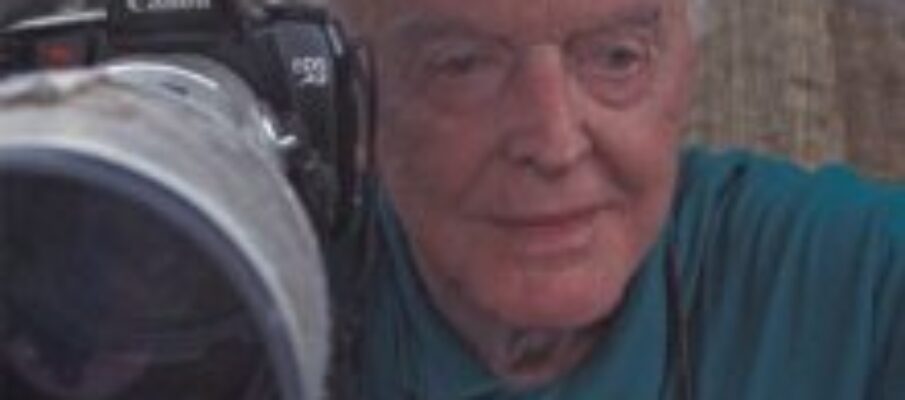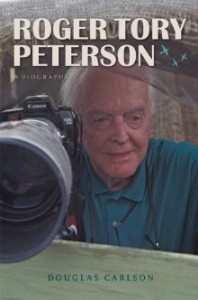Recounting the life of a notoriously private person is, not unexpectedly, a very difficult task. In the case of Roger Tory Peterson, the activity is made all the more difficult by the fact that one facet of his life, his creation and refinement of the modern field guide, so dominates his popular legacy. But while in the minds of millions of nature enthusiasts the name “Peterson” is nearly eponymous with the very idea of a field guide itself, to limit one’s attention to this admittedly monolithic achievement of such a talented and complex man is to misjudge the importance of his true legacy to humanity’s relationship with nature. Fortunately, Douglas Carlson’s biography is sufficiently expansive in scope to encompass the many facets of Peterson without being unwieldy in length or needlessly excessive in detail.
While most who are at all familiar with Roger Tory Peterson know him as an illustrator of birds, butterflies, and flowers, to know him as only this is to miss the genius and importance and of a person who is arguably one of the most influential naturalists of the twentieth century. In his nearly eighty-eight years walking upon the earth, Peterson not only transformed the way millions have come to know and appreciate nature, he played a crucial role in many of the century’s most important conservation efforts, including laying the groundwork for what Rachel Carson would refine and finally bring to the wider world in Silent Spring, the danger to the ecosystem in general and bird life in particular from the heavy-handed and excessive use of chemical pesticides.
Yet as Carlson so skillfully points out in this eminently readable biography, Peterson never truly felt satisfied with these accomplishments; torn between the world of fine art and the craft of nature illustration, he was endlessly buffeted by feelings of melancholy and failure. Despite his original 1934 work A Field Guide to the Birds being an instant success, spawning a bookshelf full of topically expanded volumes, and, in successive editions, never being out of print to this very day, he aspired to do more – and indeed do more he did.
It is in this expansion of the reader’s understanding of Peterson that Carlson’s skill as a biographer particularly shines. We are introduced to Peterson the teacher, Peterson the naturalist, Peterson the fine artist, Peterson the author, and Peterson the photographer. Most challenging but perhaps most important of all, we also get a glimpse, albeit sometimes through a gauzy veil, of Peterson the man. Not luridly defined by a litany of faults and shortcomings, as a lesser biographer might do, but humanely with care and respect. Excuses are never made nor are trite pop psychology analyses entertained. Upon turning the final page of this biography, the reader comes to feel as if someone who was once little more than a name on the cover of a familiar book is now a fondly remembered and highly regarded old friend.
(This review originally appeared in Bird Watcher’s Digest, Volume 30, No. 5, May / June, 2008)
Title: Roger Tory Peterson: A Biography
Series: Mildred Wyatt-Wold Series in Ornithology
Author: Douglas Carlson
Hardcover: 304 pages
Publisher: University of Texas Press
Publication Date: October 1, 2007
ISBN-10: 029271680X
ISBN-13: 978-0292716803
In accordance with Federal Trade Commission 16 CFR Part 255, it is disclosed that the copy of the book read in order to produce this review was provided gratis to the reviewer by the the editors of Bird Watcher’s Digest, the publication in which the review was originally published.


